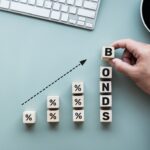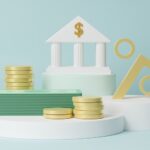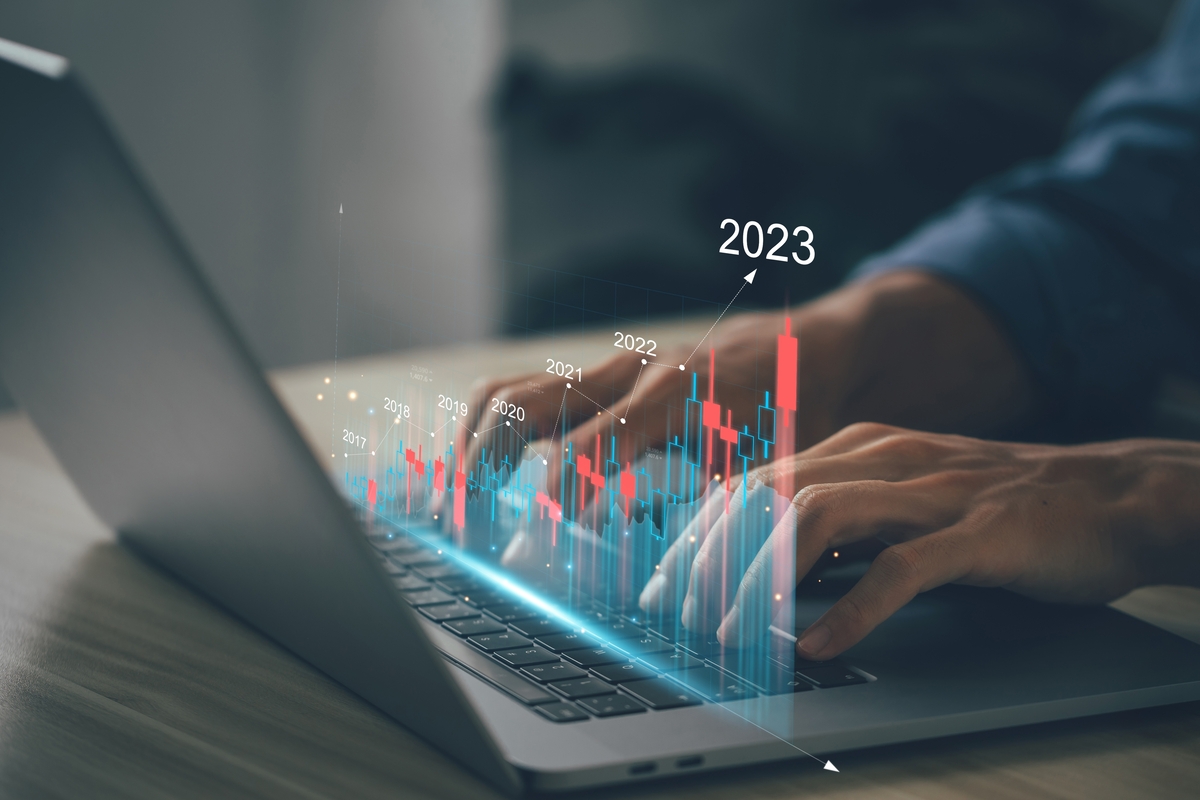After taking a look at a long-term chart, investors might consider assuming the maximum risk if the expected returns they’ll obtain are higher. This could happen if investors were totally immune to market rules and they were able to control their emotions.
The tools we provide to potential investors enable an easier perception of the dimensions of risk. After clicking on details, investors can find a plan created according to the risk profile. The plan intends to show that the expected return is within a range of probabilities, and the higher the profile of risk the higher returns. The red dot line in the middle gives information about the expected average return, in other words, it gives the most likely returns in the medium/long term horizon. However, this is an imaginary line and real returns will be above or below that average line for sure, as regular assured returns don’t exist for this type of portfolios. The red stripes that appear at the bottom are to remind investors that there’s always a risk of falls and that it’s more pronounced when you start to invest. Markets have a natural upward tendency in the long run, so investors with patience and a long-term horizon will play with marked cards.
Plan for a profile 6
The red part on the graph shows that investors are exposed to risk from the first moment they begin to invest. In short periods of time the risk of falls is very high (exceeding 20%), however, this chance is reduced in the long-term and it tends to be the same for all profiles; turning into a much more moderate risk (slightly above 10%). Investors have at their disposal a tool to see how the graph evolves depending on the risk of profile.
They can also look at other dimensions of risk by clicking in the historical records to find out what would have been the real evolution of the last 10 years. You will see how graphs exaggerate their curves as you increase the risk profile.
Profile 10
Profile 4
Profile 7
Profile 1
Who can resist market laws?
Historical records include the years 2008 and 2009, times of significant declines. Clearly, it can be seen how falls that occur from maximum values are more frequent the higher the level of risk. Our dynamic management intends to nuance these falls but portfolios continue to have a high correlation with what happens in the market. There are two evident facts: high profiles will get a greater profitability and the risk of falls is the same for all portfolios in the long run.
However, before venturing to assume more risk, investors should remember that only a few are able to overcome fear when the market drops. In fact, statistics show how small investors systematically lose money because they sell at the worst time, which is when they feel that their savings are in danger.
Inbestme’s Scope
Generally, investors tend to overestimate their tolerance to risk. They should pick a profile that protects the investor from themselves, a profile that prevents the investor from selling in front of potential inherent falls because they will appear for sure and investors will have the perception that these drops come at the worst time.
Going for the highest risk will maximize our returns if we are able to control our emotions. However, emotions are part of our human nature; therefore, it would be convenient to consider whether you are ready to emotionally withstand the most aggressive portfolio declines.
Investors should keep in mind that a long-term chart is nothing other than a theoretical image about a long period of our lives; reality is a means to overcome our day-to –day fears and euphoria. For this reason, it’s advisable not to invest money we might need to have handy in a short-term period.








